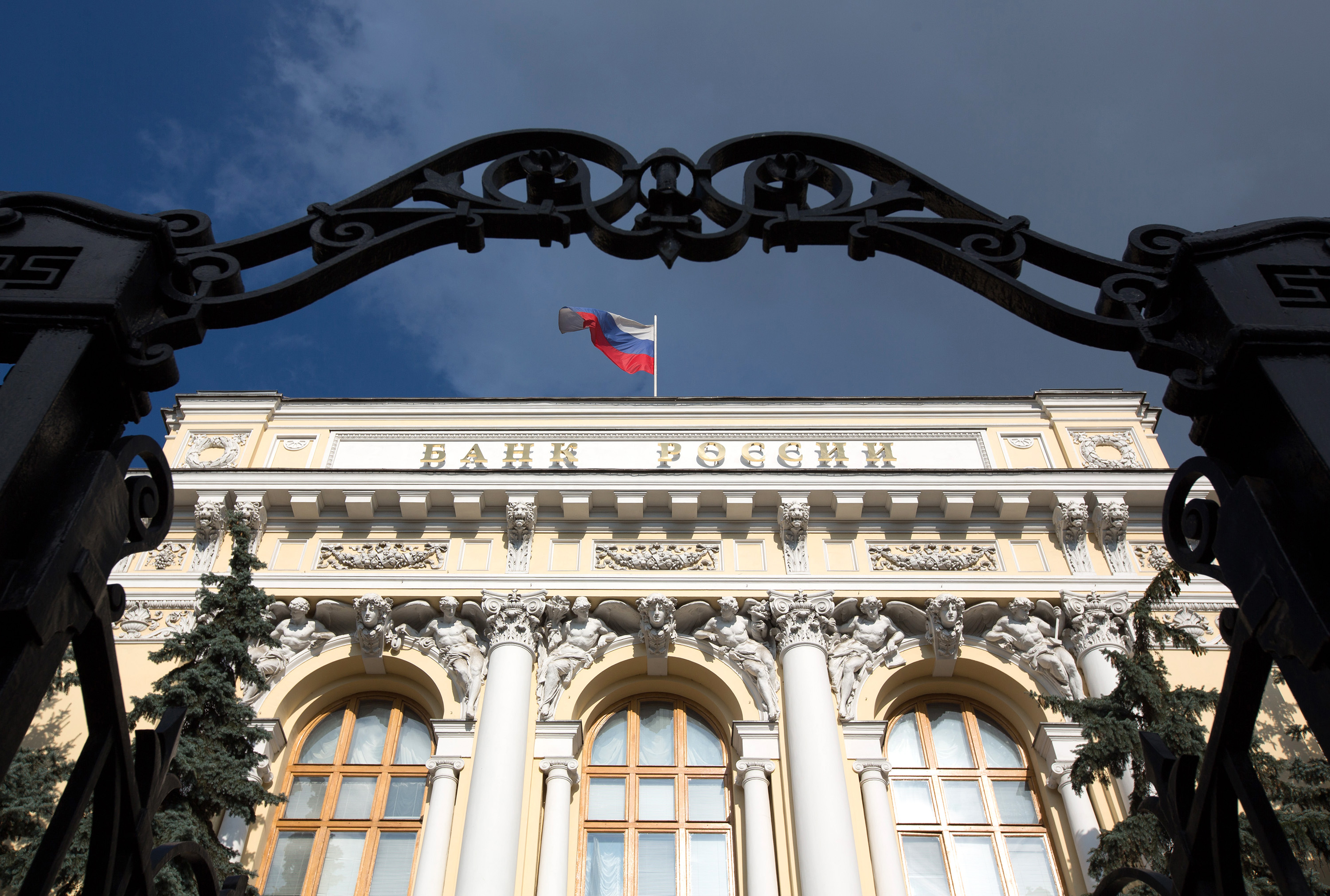VTB bemoaning Russian bank funding squeeze gets some rate relief

By Bloomberg
Russia’s central bank risks easing its tight-money policy too slowly to help lenders struggling with high funding costs and weakening demand for credit.
Central bank Governor Elvira Nabiullina cut the benchmark 1 percentage point on Friday to 14 percent, in line with market estimates, partly unwinding an emergency increase in December that boosted interbank rates as high as 29.93 percent. While VTB Group, the nation’s second-biggest bank, welcomed the decision, Deputy Chief Executive Officer Herbert Moos said the reduction wasn’t sufficient to revive lending.
“Interest rates are still extremely high and a credit crunch is looming,” Liza Ermolenko, an economist at London- based Capital Economics Ltd., said by e-mail on March 13. “I don’t think this can change things dramatically for the banking sector,” she said about the rate cut.
Facing a capital exodus amid sanctions over Ukraine and a sinking oil price, Nabiullina allowed the ruble to weaken last year, then hoisted borrowing costs to regain currency stability. The move squeezed liquidity in the banking system, exacerbating what’s forecast to be the nation’s first recession since 2009.
The cost of three-month borrowing for banks fell to 16.35 percent on Friday, the lowest level this year, compared with 14.84 percent before December’s increase, according to the MosPrime three-month rate lenders charge each other for funds. The daily level was set before the rate announcement.
Bringing Relief
“This brings relief for the banks,” Oleg Popov, a money manager at Moscow-based April Capital asset management who oversees about $500 million, said by phone on Friday. “Lower interest rates will cut the cost of bank funding, which has been suffocating lenders. But in order to seriously help the lenders, we’ll need to see a few more cuts like this.”
Banks had a loss of 24 billion rubles ($392 million) in January as retail loans contracted 0.7 percent from a month earlier to 11.3 trillion rubles, central bank data showed Feb. 12. Moody’s Investors Service warned March 2 that lenders’ losses from delinquent debt may be higher than in 2009 when Russia’s economy shrank 7.8 percent.
VTB was hurt by the emergency borrowing-cost increase and the lender forecasts “significant” losses in 2015 after profit plunged 96 percent last year on soaring provisions, Moos said.
‘Issues Remaining’
Russia stepped in last year to help lenders weather the worst currency collapse since 1998 by adopting legislation that allows the state-run Deposit Insurance Agency to buy stakes in banks. Legislation now under review would permit lenders to count local government bonds received from the agency as part of their Tier 1 capital, helping to shore up their ability to take on losses, according to a draft on the website of the Russia’s lower house of parliament.
The central bank cut was “very correct and smart” and will have a “direct” effect on rates on loans and deposits, Alexander Morozov, deputy chairman of OAO Sberbank, Russia’s largest lender, said by phone on Friday.
The rate reduction is evidence the financial industry is starting to stabilize, Finance Minister Anton Siluanov said on Friday. Even as banks have “overall coped” with the market turmoil, Siluanov cautioned that “there are issues remaining.”
Traders had expected a bigger cut on Friday, and the decision underscored the tightrope Nabiullina walks as she tries to keep credit flowing in a contracting economy without removing support for the ruble, which is still down 41 percent from a year ago.
Just as higher rates can choke banks’ funding, a weak ruble makes it harder for them and their clients to pay back foreign debts. The Russian currency traded little changed at 62.1630 versus the dollar at 11:02 a.m. in Moscow.
“The stability of the ruble has the priority as it is the main source of vulnerability,” Dmitri Barinov, a money manager who oversees $2.6 billion of emerging-market bonds at Union Investment Privatfonds GmbH in Frankfurt, said by e-mail on Friday. “The central bank can’t please everyone.”
Here we are to serve you with news right now. It does not cost much, but worth your attention.
Choose to support open, independent, quality journalism and subscribe on a monthly basis.
By subscribing to our online newspaper, you can have full digital access to all news, analysis, and much more.
You can also follow AzerNEWS on Twitter @AzerNewsAz or Facebook @AzerNewsNewspaper
Thank you!
